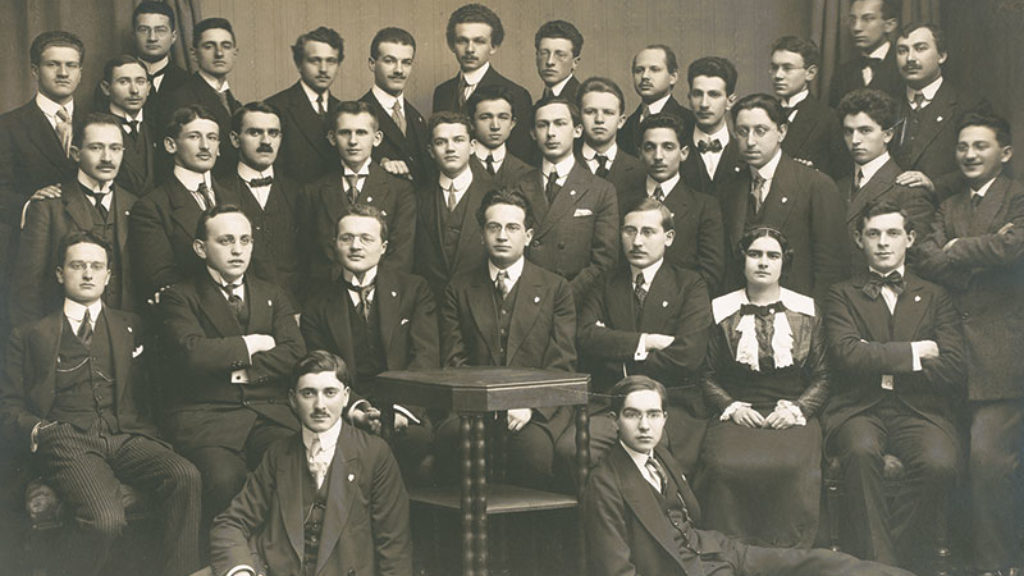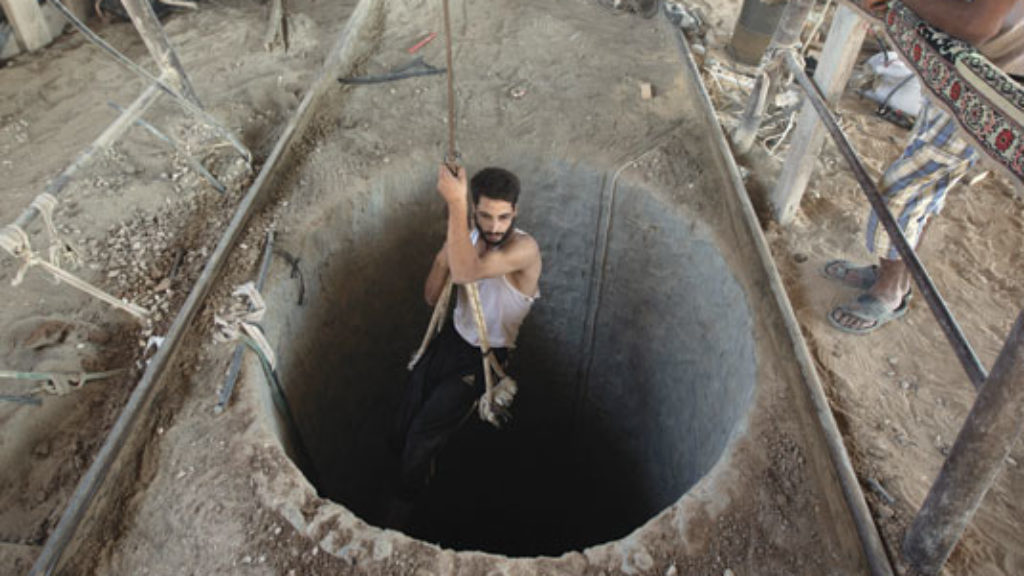Karl Marx, the Jews of Jerusalem, and UNESCO
When the Crimean War broke out in 1854, pitting Russia against the Ottoman Empire and its European allies, Karl Marx was working on Das Kapital in the British Museum Reading Room. Meanwhile, he eked out a meager living writing for Horace Greeley’s radical New York Daily Tribune. Most of these articles were pure journalistic hackwork, but a few of them reflect Marx’s sophisticated historical insight.
Although the Ottoman Empire at that time stretched far into Eastern Europe, the intricacies of its internal politics and social conditions were little known even to informed Western European readers. In faraway America, people knew even less, and this gave Marx an opportunity to write a lengthy article on the subject, published in the Daily Tribune on April 15, 1854. Marx describes the complex ethnic and religious demography of the Ottoman Empire and dwells at some length on the conditions of the minority communities living under Muslim rule. He provided his readers with detailed explanation of the millet system, which gave non-Muslims a degree of cultural autonomy and religious self-rule, with the right to maintain their own internal courts and collect their own taxes.
Because the Crimean War started with a religious dispute centered on the Church of the Holy Sepulchre in Jerusalem, Marx devotes a paragraph to the city and its population. He begins by stating that its “sedentary population numbers about 15,500 souls, of whom 4,000 are Mussulmans [Muslims] and 8,000 Jews.” He goes on to say that “the Mussulmans, forming about a quarter of the whole, consisting of Turks, Arabs, and Moors, are, of course, the masters in every respect.” After this dry recitation of facts, what follows is somewhat surprising. Marx goes on:
Nothing equals the misery and the suffering of the Jews of Jerusalem, inhabiting the most filthy quarter of the town, called hareth-el-yahoud . . . between the Zion and the Moriah . . . [They are] the constant objects of Mussulman oppression and intolerance, insulted by the Greeks, persecuted by the Latins [Catholics], and living only on the scanty alms transmitted by their European brethren.
He points out that the Jews of Jerusalem are not natives, but hail from different and distant countries, “and are only attracted to Jerusalem by the desire of inhabiting the Valley of Jehoshaphat and to die on the very place where the redemption is to be expected.” Marx concludes:
Attending their death, they suffer and pray. Their regards turned to that mountain of Moriah where once stood the temple of Lebanon, and which they dare not approach; they shed tears on the misfortune of Zion, and their dispersion over the world.
To anyone familiar with Marx’s venomous portrait of Judaism in his early essay “On the Jewish Question,” not to speak of his many uncomplimentary comments about individual Jews (fellow socialists such as Ferdinand Lassalle included), his words here will come as a surprise. That the only place in all of Marx’s writings in which he expresses some empathy for Jews refers to the Jews of Jerusalem awaiting the Messiah is, at least, rather extraordinary. As it happens, however, it was Marx’s dry recitation of these demographic facts that was to be of diplomatic use to me some 120 years later.

In the mid-1970s, the United Nations Educational, Scientific, and Cultural Organization (UNESCO) published a series of reports criticizing Israeli post-1967 archaeological excavations in the Old City of Jerusalem, claiming that they were scientifically biased and were part of an Israeli plan to “judaize” Jerusalem. This egregious accusation arose from misunderstandings, misrepresentations, and the sheer lies of Arab propaganda—and almost led to Israel’s expulsion from UNESCO.
In the summer of 1976, as Director-General of Israel’s Foreign Ministry, I headed the Israeli delegation to the General Assembly of UNESCO’s meeting in Nairobi, Kenya. With the help of friendly delegations from the United States, Canada, and Europe, we were able to show that the archaeologists leading Israeli digs in East Jerusalem were as keen to discover and preserve Roman, Byzantine, Ummayad, and Crusader antiquities as Jewish ones. After heated debates in the plenary and committees and some diplomatic horse-trading, the attempt to exclude Israel from UNESCO activities was defeated, despite a strong coalition of Arab, Communist, and some Third World countries.
In my speech at the plenary session, I focused on the mendacity of the accusation. Rather than focus on biblical sources, I decided to alert the assembly to the fact that there has been a Jewish majority in Jerusalem since the 1850s before the emergence of Zionism. To underline the point, I said, “Here is what one of the greatest thinkers of the 19th century—some feel he is the greatest thinker of the 19th century—said in describing Jerusalem at that time.” After reading the passage from the Daily Tribune about the “4,000 Mussulmans, 8,000 Jews” of Jerusalem I added: “I am sure that our Soviet colleagues will immediately recognize that I am quoting Karl Marx.”
The Soviet delegate—plainly a crude apparatchik—jumped up and shouted, “Forgery! This is a forgery! Karl Marx never wrote this!” In response, I took up the volume from which I was quoting and asked that it be noted that I was using the official Moscow Foreign Languages Publishing House edition of Marx’s writings on colonialism, adding: “I am sure that our Soviet colleague is not suggesting that the official Soviet publishing house is falsifying the texts of Karl Marx.” The room exploded with laughter, although several attendees were less than amused.
At an embassy party that evening, the head of the delegation for the People’s Republic of China and his interpreter approached me. With a frozen face, but a glimmer in his eyes, the diplomat said “Obviously we did not agree with your presentation. But we always like it when Marx is quoted to the Soviets.”
What Karl Marx, the baptized grandson of two rabbis, would have made of this another question. Be that as it may, the Soviet Union does not exist any more, but the Jewish majority in Jerusalem does.
Suggested Reading

From the Great War to the Cold War
The facts of Hans Kohn’s life are so extraordinary that it almost seems as if the first half of one remarkable figure’s biography had been spliced together with another’s in the second part.

Chaos in the Wilderness
Unlike reporters who are happy to rework official government statements, Mohannad Sabry reports on the Sinai by drawing on a broad network of sources in the region.

A Little Arabic within Our Hebrew
Tracing lines of a linguistic heritage through Hebrew poetry.

Holiness and Public Policy: The Haredi Response to COVID-19
Bnei Brak, where yeshivot and synagogues were kept open far too long, accounted for 16 percent of all Israeli COVID-19 cases and a comparable percentage of fatalities despite comprising only 2 percent of the Israeli population. We haredim must radically rethink our approach to public policy—and holiness.
Comments
You must log in to comment Log In